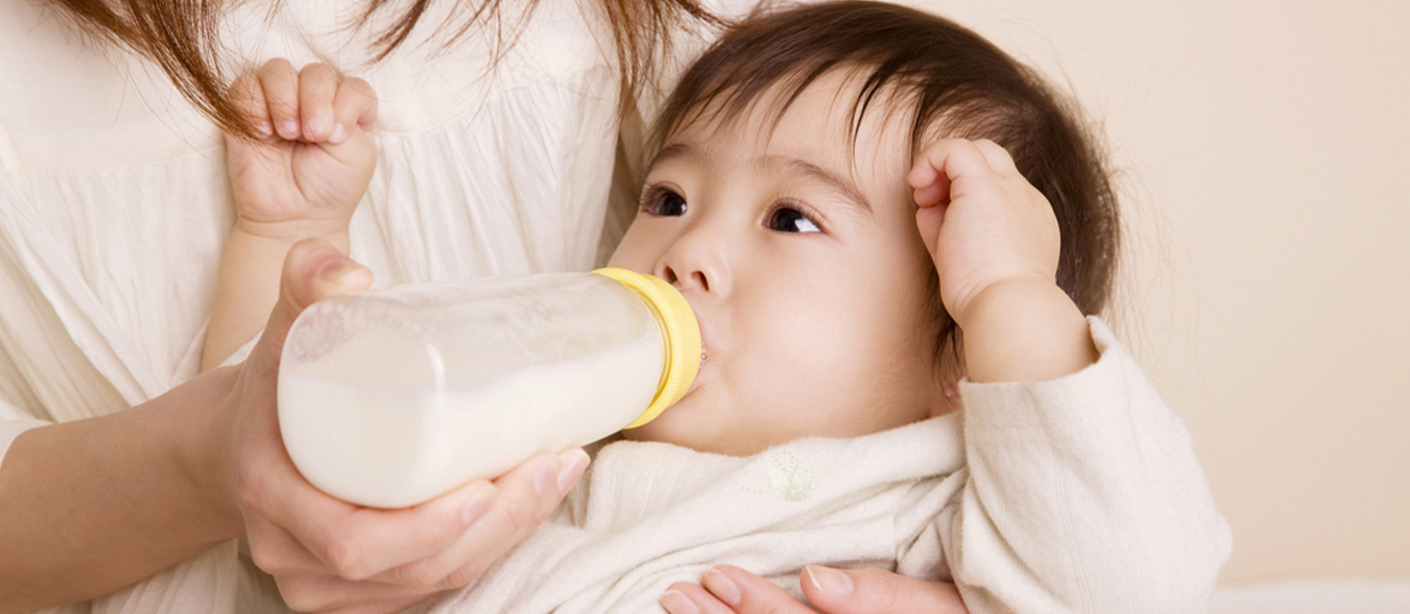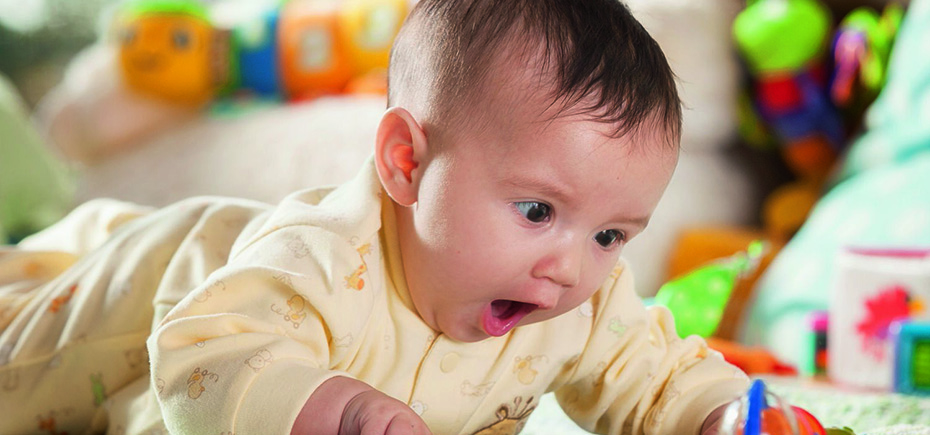Formula Preparation: What You Need to Know
- Sub Heading
-
If you choose to use formula, make sure you know how to safely prepare it.
- Duration
-
NOV. 9, 2023 2 MINUTE READ - Description
-
Breast milk is considered the gold standard, but some parents can’t or choose not to breastfeed, while others rely on both formula and breastfeeding. Those who use formula should know how to make a baby bottle to keep their baby healthy. It's simple, but important to carefully follow the label instructions. Questions about feeding your child should be directed to a healthcare professional.



.jpg)